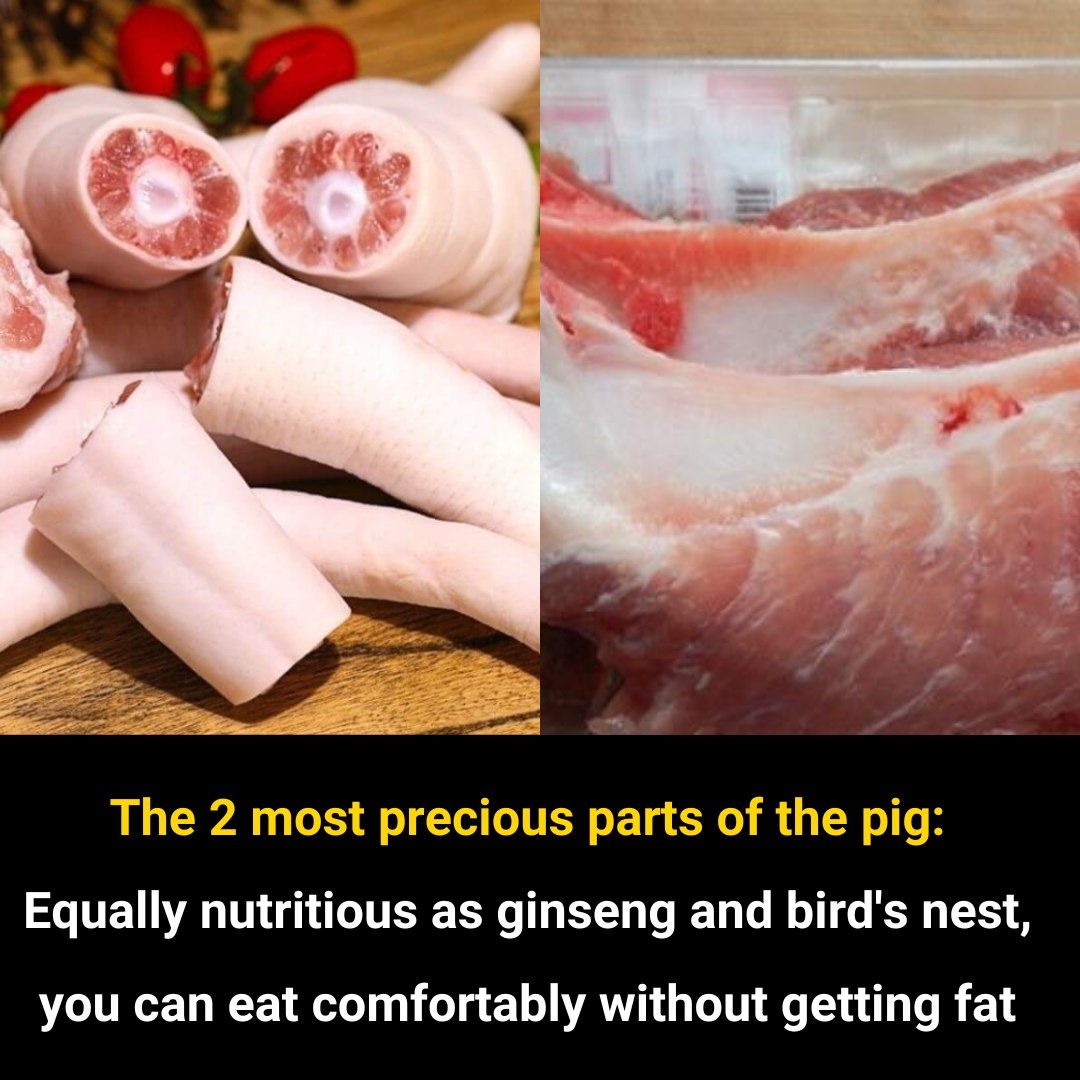ADVERTISEMENT
#### 4. **Loin: Lean and Tender**
The loin is another valuable part of the pig, often used to make cuts such as pork chops, tenderloin, and roasts. This area of the pig provides tender, lean meat with minimal fat, making it popular for health-conscious consumers and those looking for high-quality cuts.
– **Tenderness**: The loin is known for its tenderness, which makes it a favorite for quick cooking methods like grilling, pan-searing, or roasting.
– **Market Demand**: Pork tenderloin is one of the leanest cuts of pork and is in high demand among consumers looking for a lower-fat alternative to beef or lamb.
### The Most Valuable Part of a Pig for Economic Purposes
Beyond the culinary world, pigs are invaluable in various industries, contributing to the economy in a range of ways. While meat is often the primary source of economic value, other parts of the pig are just as valuable in their own right.
#### 1. **Pig Skin: Leather and Gelatin**
The skin of a pig is valuable in multiple ways:
– **Leather**: Pigskin is used to make high-quality leather products, including gloves, shoes, and saddles. This is particularly important in the fashion and sports industries.
– **Gelatin Production**: The skin and bones of pigs are used to make gelatin, an essential ingredient in many food products (e.g., marshmallows, gummy candies, and jellies), as well as non-food products like cosmetics and pharmaceuticals.
In terms of economic value:
– **Leather**: Pig leather is highly durable and resistant to wear, which makes it an excellent material for products that require longevity.
– **Gelatin**: The global demand for gelatin in food production and pharmaceuticals ensures that pig parts, specifically skin and bones, continue to have significant economic value.
#### 2. **Pork Fat: Lard and Industrial Uses**
Pork fat, particularly lard, is an invaluable part of the pig. While it was once a common cooking fat, it’s now used in a variety of other industries:
– **Food Industry**: Lard is still used in baking for its ability to produce flaky pastries and pie crusts. It’s also used in some processed foods for flavoring.
– **Cosmetics and Pharmaceuticals**: Lard is used in the production of soaps, lotions, and creams. Additionally, some pharmaceutical products use lard as a base ingredient.
From an economic perspective:
– **Lard**: Despite the rise of vegetable oils and alternative fats, lard still holds a place in some cooking applications, especially for those looking for traditional flavor.
– **Industrial Uses**: The demand for lard in cosmetics and pharmaceuticals ensures its value remains stable, even as cooking oils have taken over in the kitchen.
#### 3. **Pig Organs: Medical Uses**
Certain organs of the pig are highly valuable for medical and scientific purposes, particularly in the areas of transplants and research. For example:
– **Heart Valves**: Pig heart valves are commonly used in human heart surgery as a replacement for damaged human valves. This is due to the similarity between pig heart valves and human valves.
– **Pancreas**: Pigs are also used in the research of diabetes, where their pancreas is studied for its role in insulin production.
– **Skin Grafts**: Pig skin is used in burn units for grafting, providing a temporary solution for burn victims while their own skin regenerates.
The value of pig organs in the medical industry is immense, as they save human lives and contribute to scientific advancements.
### Conclusion: The Most Valuable Part of a Pig
While the answer to the question of the most valuable part of a pig varies depending on the perspective, there are certain parts of the pig that stand out in culinary, economic, and medical terms. From a culinary standpoint, cuts like pork belly, pork shoulder, and ham are prized for their taste, versatility, and cultural significance. Economically, pig skin, fat, and organs contribute to industries ranging from leather production to pharmaceuticals, making them indispensable in global markets.
In terms of overall value, **pork belly** stands out for its widespread culinary popularity and the economic value it generates through bacon production. However, other parts, such as the organs for medical use, skin for gelatin and leather, and fat for industrial purposes, are equally important depending on the context.
Ultimately, the most valuable part of a pig can be seen as a combination of factors—culinary, economic, and medical—that come together to make the pig one of the most valuable animals in the agricultural world.
ADVERTISEMENT
ADVERTISEMENT
